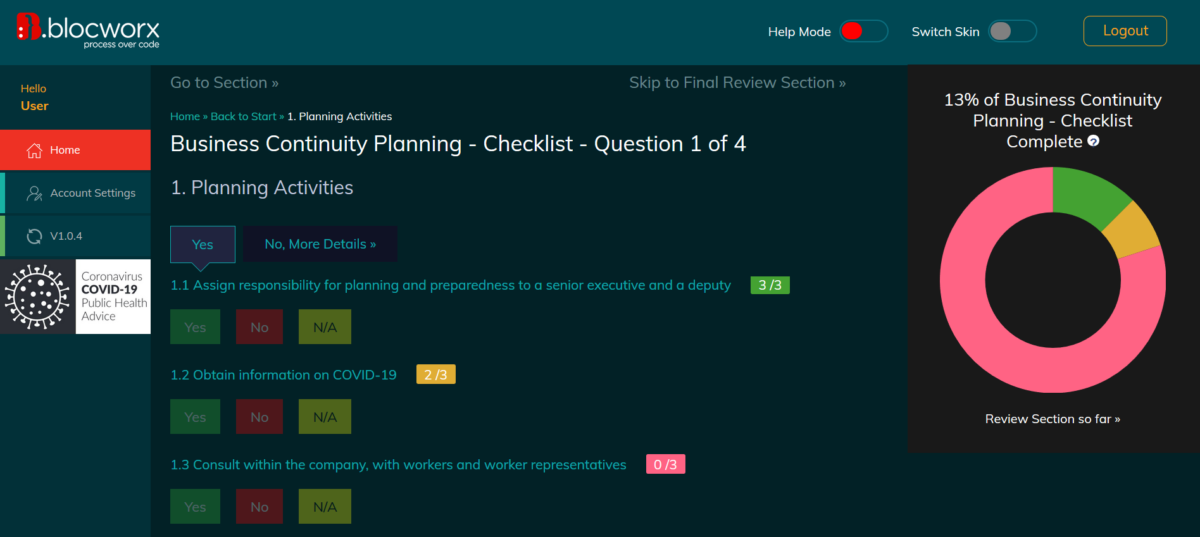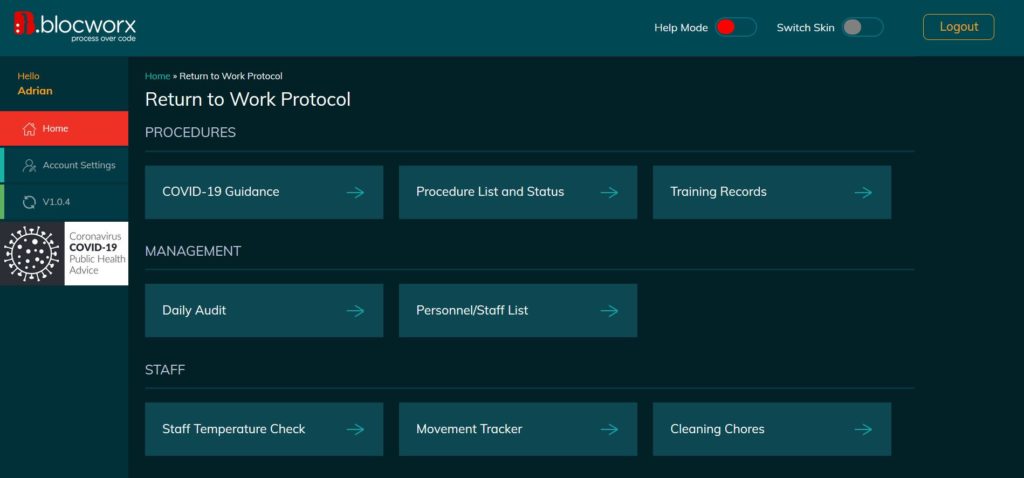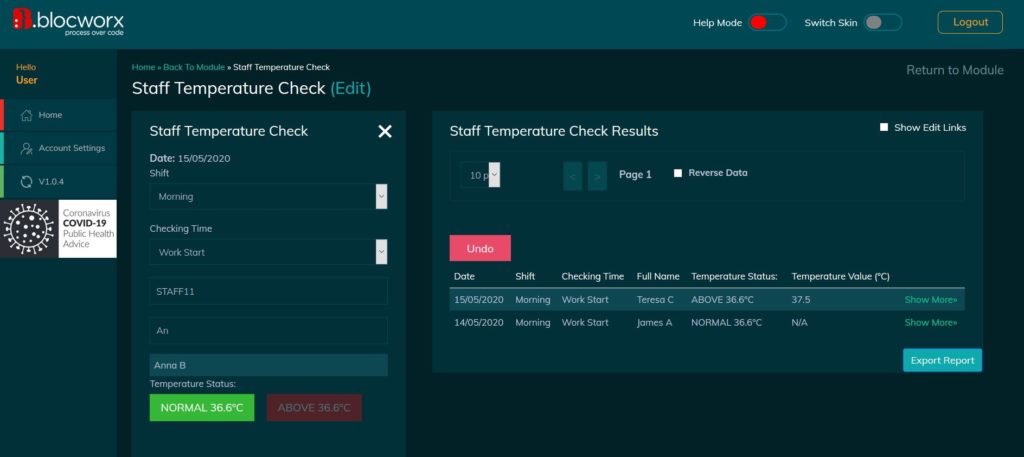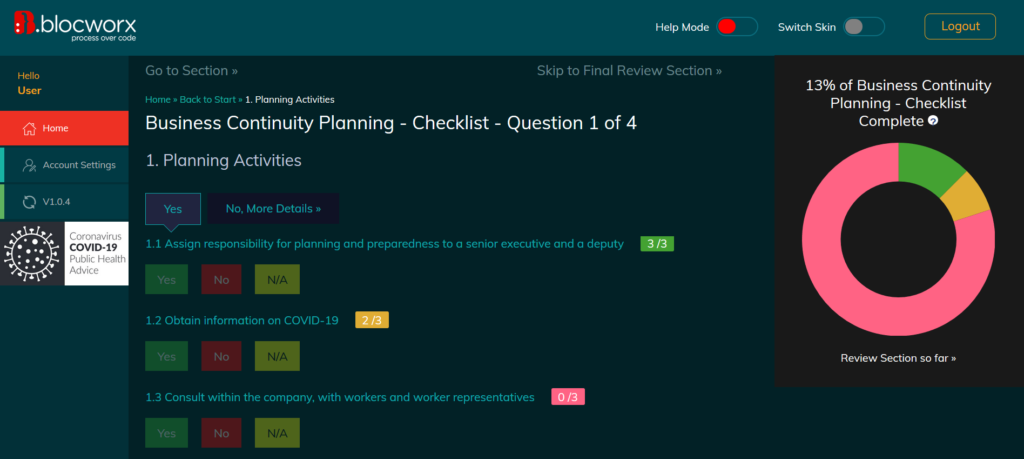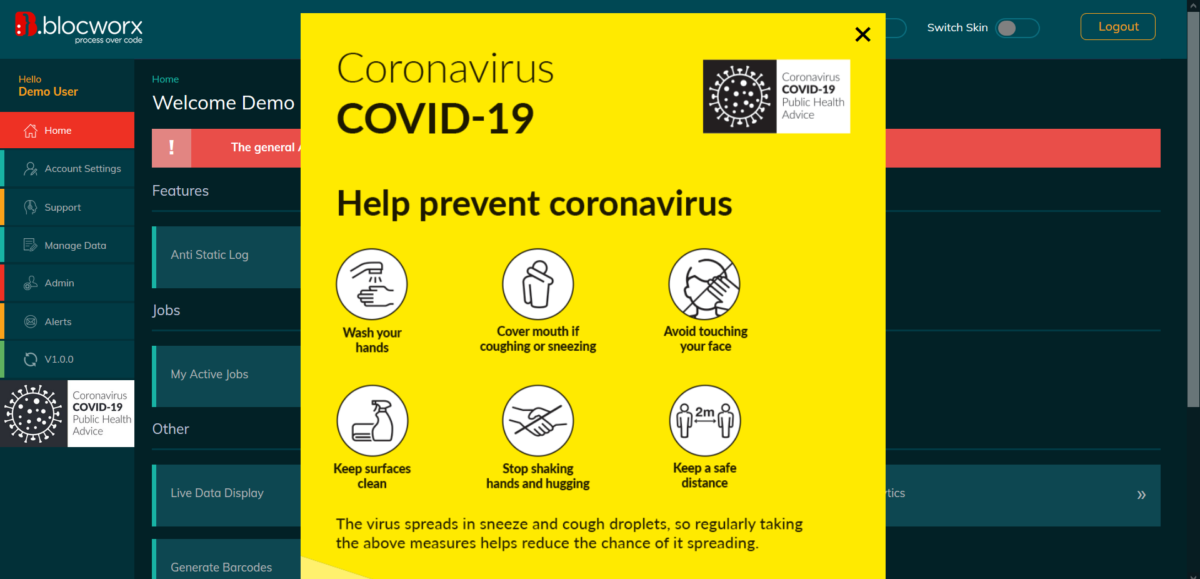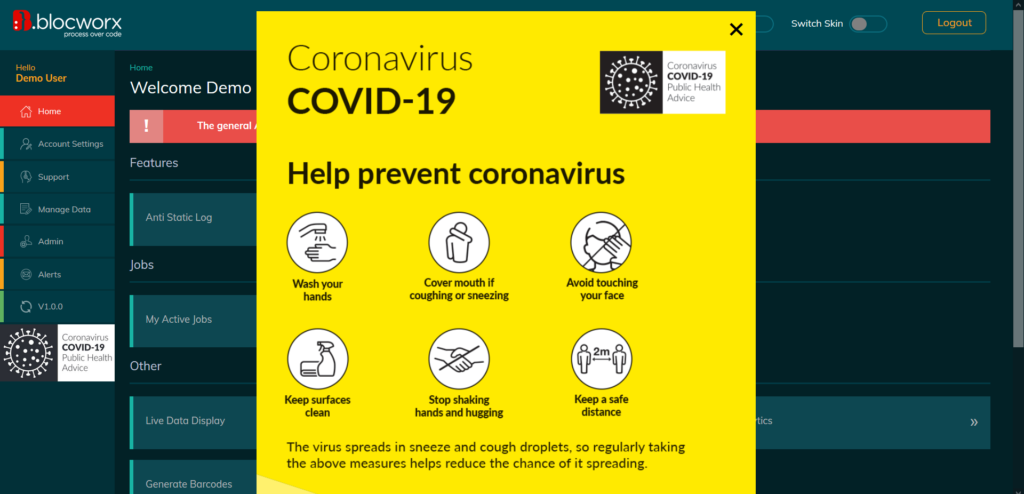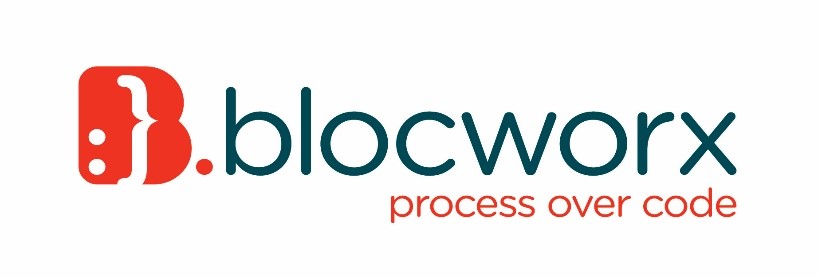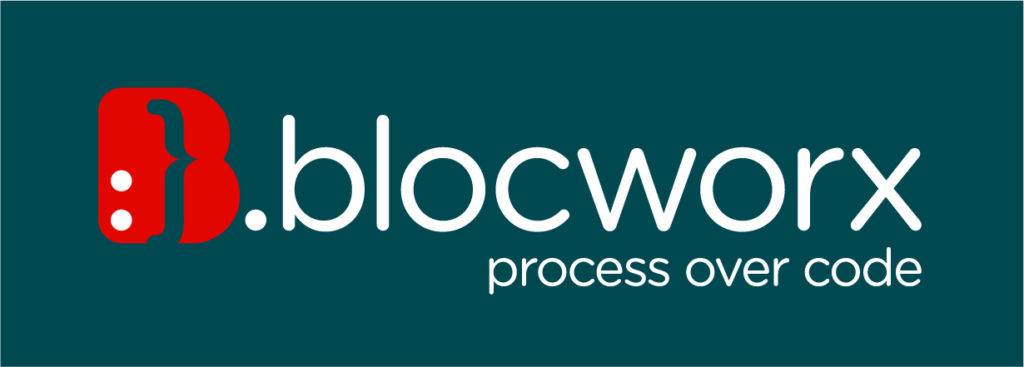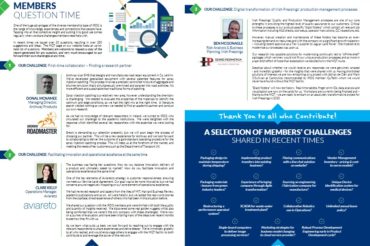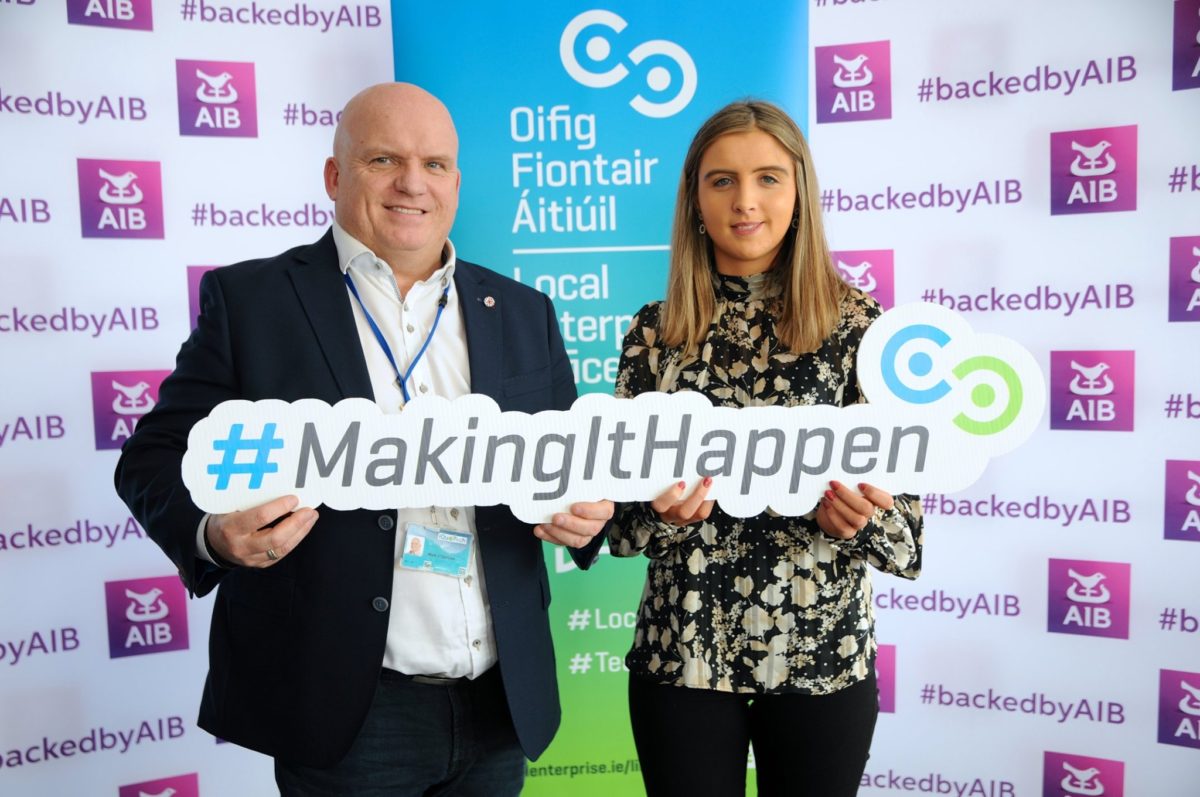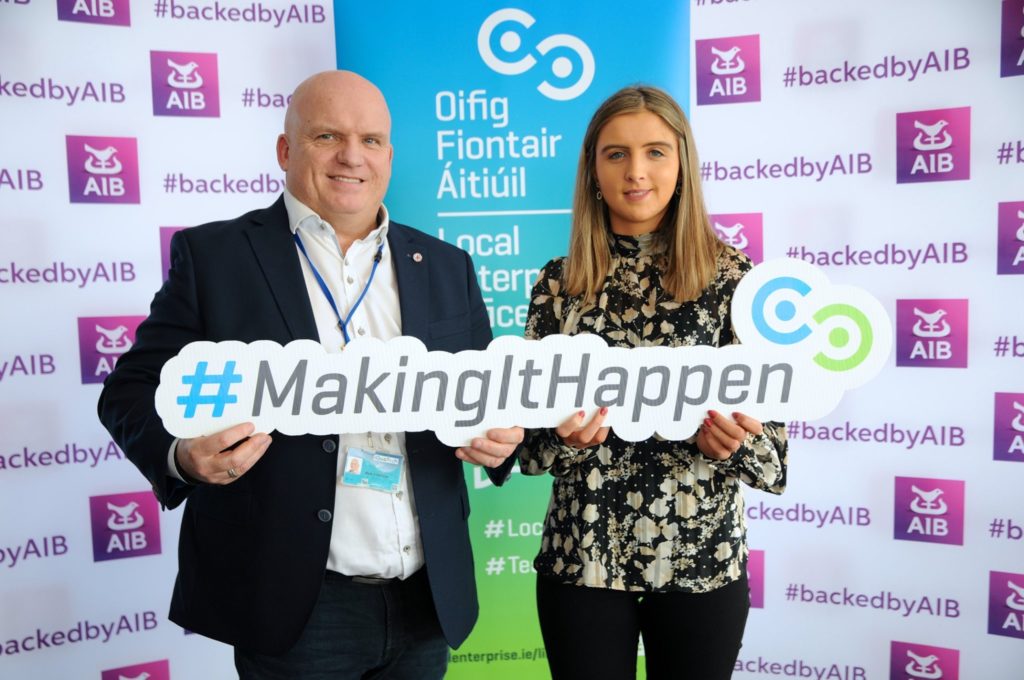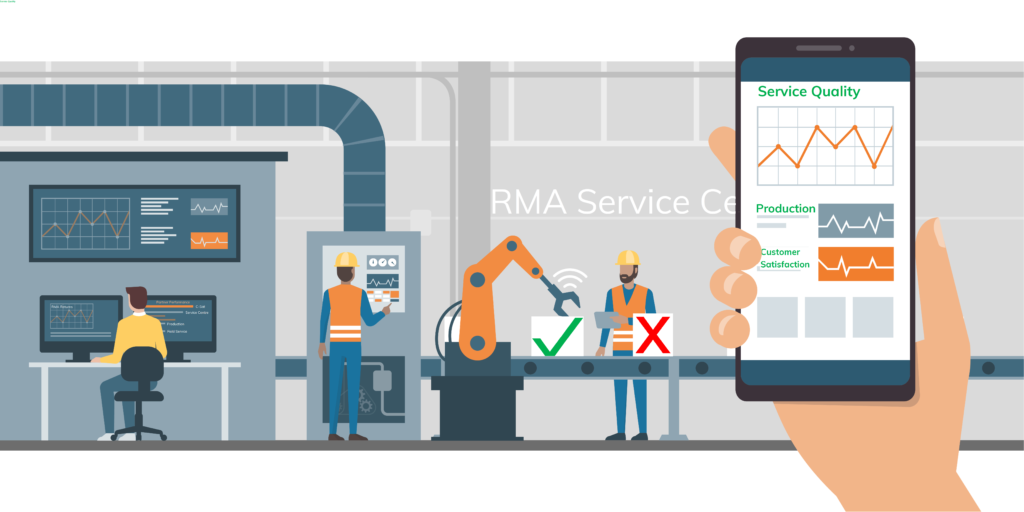The publication of the National Return to Work Safely Protocol marks an important milestone in restarting the Irish economy. This document is a result of collaborative work by the Health and Safety Authority (HSA), the Health Service Executive (HSE) and the Department of Health. The document contains practical guidelines for the safety of workers and the people they serve. They must be protected as staff migrate back to workplaces after working remotely. The Protocol provides guidance that can be applied across all industry sectors, providing a framework on which to build your return to work planning.
Returning to work
In May this year, the Irish government also announced the ‘roadmap for reopening society and business’ setting out a phased timetable for a return to workplaces across the economy, with some specific plans in sectors like healthcare, education, libraries and cultural institutions. To re-open doors and stay operating, businesses will need to adhere to the Return to Work Safely Protocol or risk being closed.
As employers make plans to return to the workplace, they’ll also need to carefully gauge how employees feel and what would make them comfortable. Additionally, as businesses reopen, they’ll want to do the same with their customers.
If your business is in a position to resume trading or if you can begin operating from your premises, now is the time to implement plans to ensure a smooth return to the workplace.
Key requirements in the Protocol
- Each workplace will appoint at least one lead worker representative, who will work with the employer to ensure that COVID-19 measures are strictly adhered to in the workplace.
- Employers will issue a ‘Return To Work’ form for workers to complete at least three days in advance of returning to work.
- Before a workplace reopens, there will be COVID-19 induction training for all workers to make sure that they are up to speed on the Public Health Advice and Guidance.
- Employers are also required to update their safety plans before reopening, in consultation with, and with the agreement of, workers.
- The plan should include measures relevant to COVID-19, for example, social distancing, the provision of hand sanitisers, tissues and clinical waste bags, clear procedures around hand washing and respiratory/cough etiquette, and ensuring proper ventilation on site.
- Employers will keep a log of any group work in order to facilitate contact tracing.
- Employers are required to put a response plan in place, outlining details of how they will deal with a suspected case of COVID-19 in the workplace, to include a designated manager in charge.
- If a worker displays any symptoms of the virus during work hours, the designated manager must direct that person to a designated isolation area, along a designated route, all the time maintaining a 2 metre distance, and arrange for that person to remain in isolation before arranging for them to be transported home, or to a medical facility, avoiding public transport.
- The employer must also carry out a full risk assessment of the incident to see what, if any, further action needs to be taken.
- Breaks and rest periods should be organised so as to facilitate social distancing.
- In settings where 2 metre separation is not possible, alternative protective measures such as installation of physical barriers/plastic sneeze guards should be put in place.
Take the next step
This is a challenging and unprecedented time for companies. There is no list of correct steps on how to navigate through the Covid-19 pandemic. Employers should not hesitate to make the necessary changes to their control measures or business practices. They should continuously review and update these, noting what works for them and what does not.
To help businesses and employers return to work and get back to business, Blocworx created the Return to Work Protocol system, a digital tracking solution that allows businesses to track workplace and employee activity in accordance with health and safety requirements.
The Return To Work Protocol is designed to address the extensive list of guidelines outlined above in the Return To Work Safely Protocol, so you can run your business with confidence. Track on mobile, tablet or desktop Temperature Checking, Employee Activity, Escalations & Contact Policies, Cleaning Checks, Inventory Supplies of hygiene products and Self-Assessment by employees. Collect your workplace data by simply answering pre-populated questions to achieve compliance with the latest health and safety standards. In the event of a business inspection or audit you can easily generate reports of your data directly from the system.
If you’d like try out the platform, sign up for your free 14-day trial today. If you’d like to speak directly with Blocworx sales team for more information email info@blocworx.com. A member of our team will be happy to answer your questions.
Author
Isobel Hogan, Marketing Executive at Blocworx






